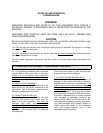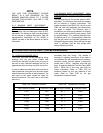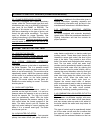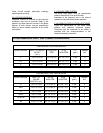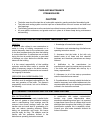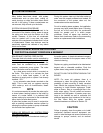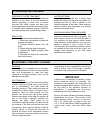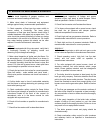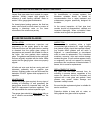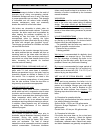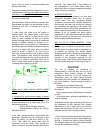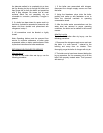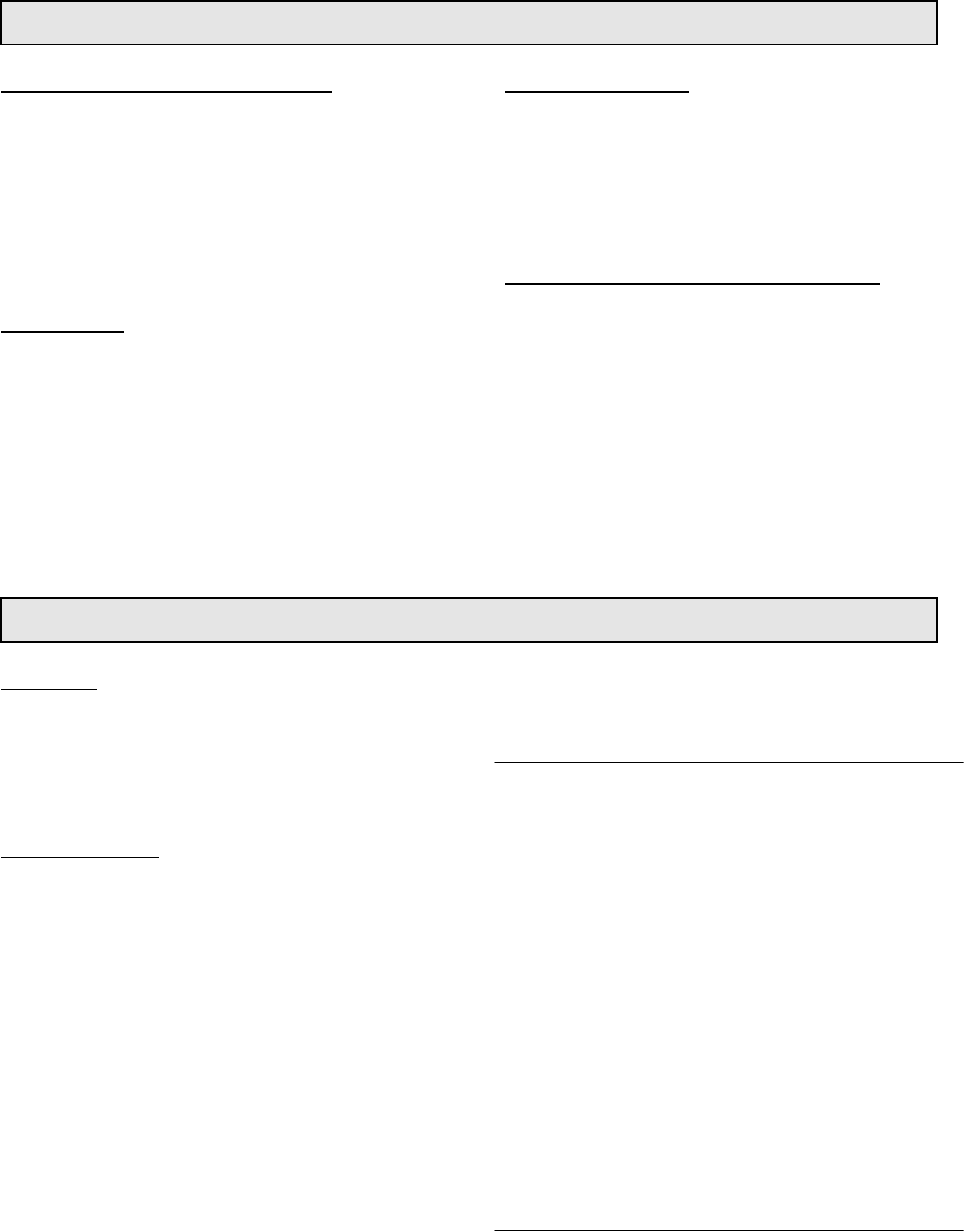
3.5 BOILER WATER TREATMENT
PURPOSE OF WATER TREATMENT
Water treatment is required for satisfactory
operation of the boiler. It must be devised to
prevent depositing of scale and to prevent
corrosion from acids, oxygen and other such
harmful elements that may be in the water supply.
A qualified water treatment chemist should be
consulted and the water systematically treated.
OBJECTIVES
The basic objectives of water treatment are:
1. Prevent the accumulation of scale and
deposits in the boiler.
2. Remove dissolved gases from the
water.
3. Protect the boiler against corrosion.
4. Maintain the highest possible boiler
fuel efficiency.
5. Decrease the amount of boiler down
time from cleaning.
WATER SOFTENER
It is highly recommended that a zeolite water
softener be used for all make-up to the boiler. It is
intended that this be used in addition to the
chemical treatment of the boiler. Water softening
removes calcium and magnesium, the primary
causes of hard boiler scale.
CONTINUOUS MONITORING REQUIRED
Water treatment should be checked and
maintained whenever the boiler is operating. The
boiler operator should be sure that the boiler is
not operating for long periods without proper
water treatment. Water treatment may vary from
season to season or over a period of time.
Therefore, the water treatment procedure should
be checked not less than four times a year, and
possibly more frequently as the local water
conditions may indicate.
3.6 EXTERNAL "FIRE-SIDE" CLEANING
PURPOSE
Carbon (soot) is an insulator and is corrosive.
The heating surface of a boiler must be kept free
from soot accumulation to keep the boiler
operating at its highest efficiency and to avoid
damage from corrosion.
SOOT REMOVAL
If the yearly inspection of the boiler tube surfaces
reveals a build-up of either soot or rust (usually
due to condensation), the tubes should be
thoroughly brushed. (Tube cleaning brushes are
available from Bryan Steam) To inspect and, if
necessary, clean the tube surfaces and flue
collector, first remove the tube access panels.
Examine the exterior of the tubes for evidence of
soot or rust. Using a flashlight, carefully look
between the tubes. There should be an
unobstructed opening between all tubes, and the
top surfaces of the tube must be free from soot
accumulation. Also inspect the interior of the flue
collector. Brush or vacuum the soot from all
surfaces. Be sure to cover atmospheric burners
with a protective cover during cleaning to prevent
soot from falling into them.
If the buildup of soot is appreciable, the flue gas
venting system must be thoroughly inspected
internally as well, and cleaned as necessary.
IMPORTANT
If either soot or condensation is apparent, a boiler
service technician should be consulted. The
presence of soot indicates poor combustion and
possibly hazardous boiler operation. Failure to do
so may result in fire, explosion potential, or
asphyxiation. A combustion test and burner
adjustments should be undertaken at once.
Rust on the tubes indicates that boiler-operating
temperatures are too low. The set point of the
boiler operating control must be no less than
130F for natural gas or propane firing, and
170F for oil fired boilers. Boilers equipped with
outdoor reset control must also follow these
limits.



